Hi! This blog is no longer updated, but on this page you can find an archive of my blog posts, 2016-2022. Click here to view the blog index (a list of all posts).
For the latest news about Step Up Japanese, sign up to my newsletter.
Search this blog:
Christmas Party 2017!
Brrrrrrrr, it's cold. Or as they say in Japan, ブルブル "buruburu".
We escaped from the cold snap on Friday night with a Christmas noodle party!
Brrrrrrrr, it's cold. Or as they say in Japan, ブルブル "buruburu".
We escaped from the cold snap on Friday night with a Christmas noodle party!
↓ Off to E-Kagen on Sydney Street. Spot the Step Up Japanese students...
We started the night off with a film title quiz: guess the (non-Japanese) film title from its Japanese translation.
Everybody did well, but there were a few tricky ones in there too.
↓ Intense concentration.
↓ Special thanks to Phil for making an appearance despite having to rush off to host his own event the same night!
It wouldn't be a Christmas party without crackers - these ones had Japan-themed jokes in them too.
I have just realised I didn't take any pictures of the food. Pictures of people are much nicer, don't you think?
The food was great though!
E-Kagen has a real family-style feel, and an open kitchen so you can see your dinner being prepared.
↓ Full bellies. Massive thanks to all the staff at E-Kagen for hosting such a big group of us.
↓ Excellent Christmas jumpers.
↓ Off to the pub for a mulled wine. Or as they say in Japan, ホットワイン ("hotto wain").
↓ Impromptu kanji practice.
Thanks for another great year everyone! It's an absolute pleasure to work with such wonderful students.
メリークリスマス (Merry Christmas) - and stay warm!
Afternoon Tea at Café an-an for World Vegan Day
I was a vegetarian for ten years…then, I moved to Japan. I lasted about two weeks as a vegetarian in Japan, before swiftly abandoning my principles in favour of late-night ramen and fish for breakfast.
That's not to say that being vegetarian - or even vegan - in Japan is impossible. It just wasn't for me. But did you know that lots of wagashi (Japanese sweets) are naturally vegan?
I hadn't really thought about it, until I learned that Cafe an-an in Portslade was running an Afternoon Tea event for World Vegan Day on 1st November.
Here are some pictures of the tasty food I managed to take on the day - before I ate it all.
2021 update: Cafe an-an has moved! Now at 94 Boundary Rd, Hove BN3 4EF. Make sure to pop in and chat some Japanese with Noriko-san while you buy your sweets. She's always very welcoming! The cafe’s opening hours are changeable, so check their Facebook or Instagram before making a trip.
I was a vegetarian for ten years…then, I moved to Japan. I lasted about two weeks as a vegetarian in Japan, before swiftly abandoning my principles in favour of late-night ramen and fish for breakfast.
That's not to say that being vegetarian - or even vegan - in Japan is impossible. It just wasn't for me.
But did you know that lots of wagashi (Japanese sweets) are naturally vegan?
I hadn't really thought about it, until I learned that Cafe an-an in Portslade was running an Afternoon Tea event for World Vegan Day on 1st November.
Here are some pictures of the tasty food I managed to take on the day - before I ate it all.
I got there super early, partly because I got the bus, and partly because I was trying to run on "Japan time", i.e., if you're not early, you're late.
Cafe an-an is run by the lovely Noriko-san, who you can see selling Japanese sweets at lots of events around Brighton.
I meant to get a picture with Noriko too, but she was very busy cooking! Next time...
Anyway, we arrived and were presented with this cute handwritten menu.
Today's reading practice for you! ↓
We started the Afternoon Tea with a little soy milk and pumpkin soup. Then chestnut rice, nasu dengaku (glazed aubergine), and ganmodoki (tofu fritters) with lotus root.
You can see from the picture how small the aubergine is. It's a proper tiny Japanese one - sweet and delicious.
I haven't had aubergine that good in a long time...
Next, the sweet bit!Tsukimi dango ("moon-viewing dumplings"), and steamed chestnut yōkan (a jellied sweet made with agar) - that's the purple triangle below.
And pumpkin kintsuba - that's the orange slice that looks a bit like a piece of brie.
Kintsuba is another type of Japanese sweet, popular with people who like their sweets a bit less sweet.
The last little course was i-no-ko mochi ("baby boar rice cake"). Tasty, and of course it doesn't contain any boar...baby or otherwise.
And lastly, we had an awesome little maple leaf shaped sweet. Isn't it pretty?
Finally, my little rabbit manjuu (steamed bun) filled with anko (red bean paste).
He was almost too cute to eat, but I ate him head first.
I felt pretty sorry for the cute bunny. But at least he's vegan! Unlike me...
2021 update: Café an-an has moved! Now at 94 Boundary Rd, Hove BN3 4EF. Make sure to pop in and chat some Japanese with Noriko-san while you buy your sweets. She's always very welcoming! The cafe’s opening hours are changeable, so check their Facebook or Instagram before making a trip.
First published November 2017. Updated August 2021.
落語を見に行ってきた! We Went to See Rakugo at the Brighton Fringe And It Was All Kinds of Awesome
落語を知っていますか。聞いたことありますか。
Rakugo o shitte imasu ka. Kiita koto ga arimasu ka.
Do you know rakugo? Have you ever heard of it?
The first time I heard of rakugo (落語), I was at a weekly Japanese conversation club in Nagoya in 2011, and the teacher was telling me about an event they were holding the following week.
"This man Sunshine-san is very famous," she told me. "He does traditional Japanese comic storytelling in English."
"Hmm," I thought to myself. "I don't want to see a show in English. I didn't come to Japan to watch stuff in English!"
落語を知っていますか。聞いたことありますか。
Rakugo o shitte imasu ka. Kiita koto ga arimasu ka.
Do you know rakugo? Have you ever heard of it?
The first time I heard of rakugo (落語), I was at a weekly Japanese conversation club in Nagoya in 2011, and the teacher was telling me about an event they were holding the following week.
"This man Sunshine-san is very famous," she told me. "He does traditional Japanese comic storytelling in English."
"Hmm," I thought to myself. "I don't want to see a show in English. I didn't come to Japan to watch stuff in English!"
Well, six years later I saw that same show right here in Brighton, and wow, was I wrong.
My teacher wasn't wrong when she told me that Katsura Sunshine is famous. He's the first ever western storyteller in the history of the “Kamigata” Rakugo tradition, and the second western Rakugo performer ever in the history of Japan.
A post shared by Sunshine Rakugo (@katsurasunshine) on May 6, 2017 at 12:34am PDT
Rakugo means "falling words", which perhaps sounds a bit vague in English but makes a bit more sense in Japanese. Raku (落) means fall, and the same kanji as ochi (落ち) which is the Japanese word for "punchline". Each comic story ends with an abrupt turnaround - a punchline.
The storyteller sits on stage in seiza (正座), the formal Japanese kneeling position, and tells stories using only a fan and a small cloth as props.
So I thought this might be an ideal spring trip for my students - accessible and fun! Plus, I really wanted to go and see what all the fuss was about.
A post shared by Sunshine Rakugo (@katsurasunshine) on May 7, 2017 at 3:47am PDT
We went last Sunday, the last night Sunshine was playing at the Brighton Fringe. There were thirteen of us and the theatre was super tiny, so we took up about half the seats.
I needn't have worried about the show being in English - the subject matter is basically all Japan! And there were plenty of jokes about the complexity of the Japanese language, and the entertaining perils of being abroad in Japan. That got a lot of laughs from our group...
A lot of the stories (dialogue etc.) is actually left untranslated from Japanese, which is great I think. You can pick up some Japanese words from context, but the show makes sense even if you don't speak Japanese.
The first half of the show was kind of like stand up (except of course he's sitting down) and the second half is storytelling. It was way more fast-paced than I expected.
↓ Post-rakugo pint
I should probably have gone and seen him in Nagoya six years ago...but I'm glad I got a second chance!
I won't spoil the show for you - you should go and see it if you get the chance - but you can check him out on YouTube if you'd like to hear what rakugo in English might be like.
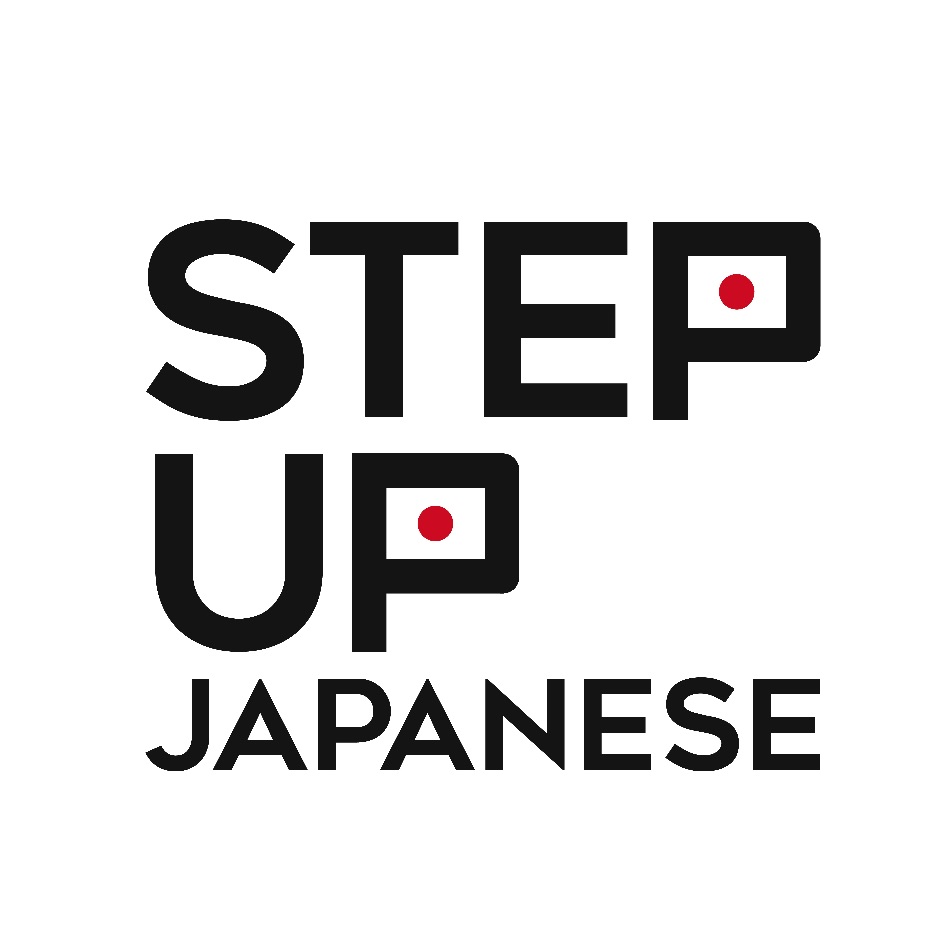





















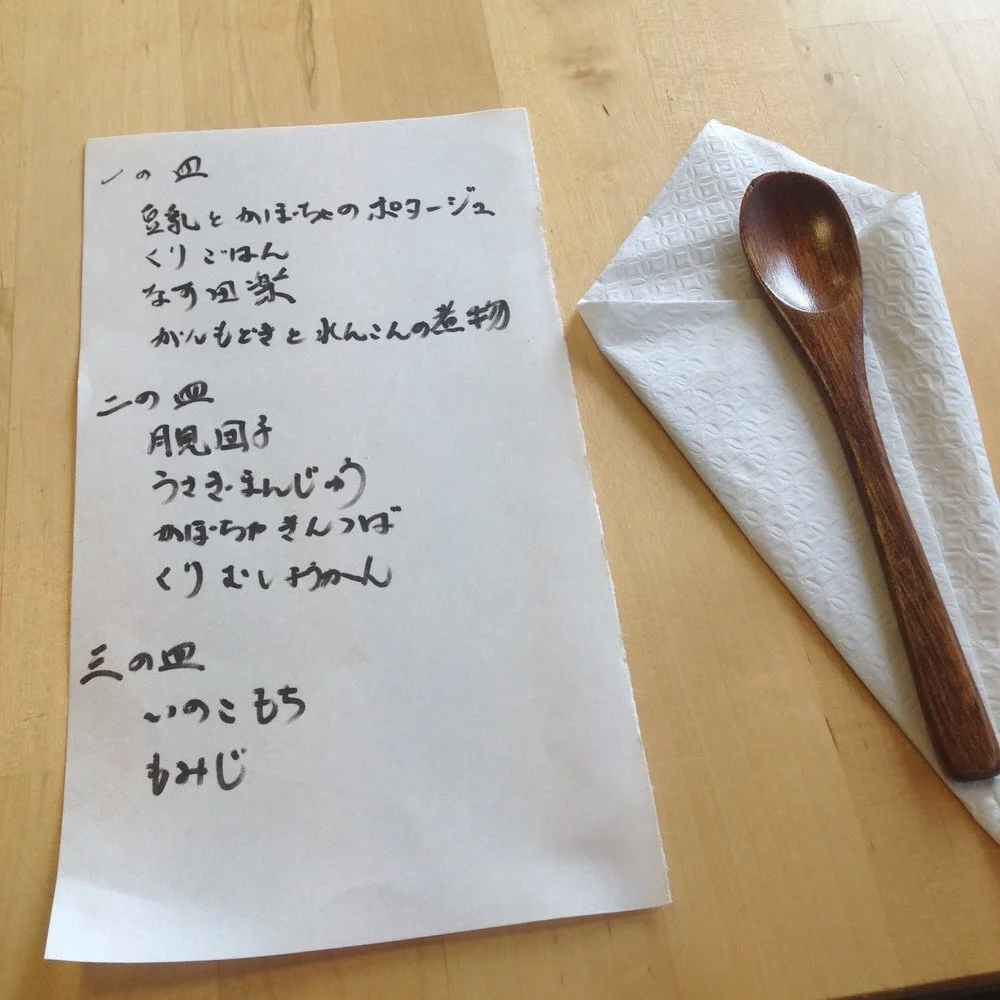










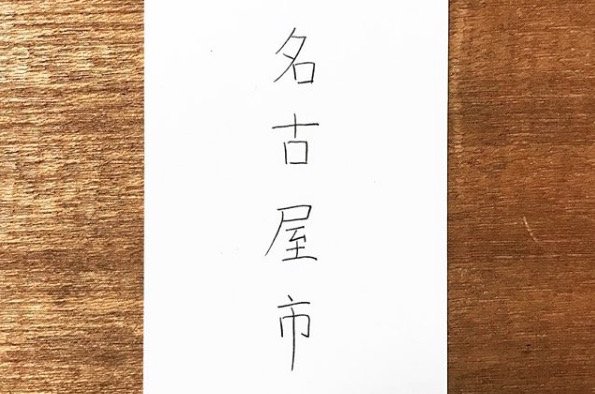

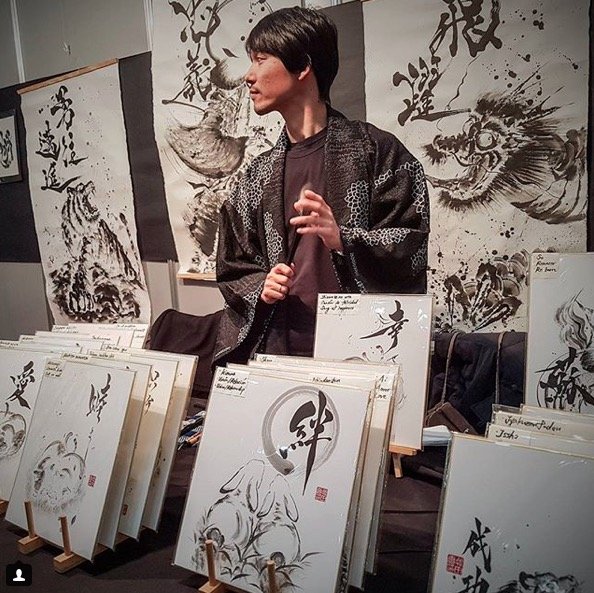
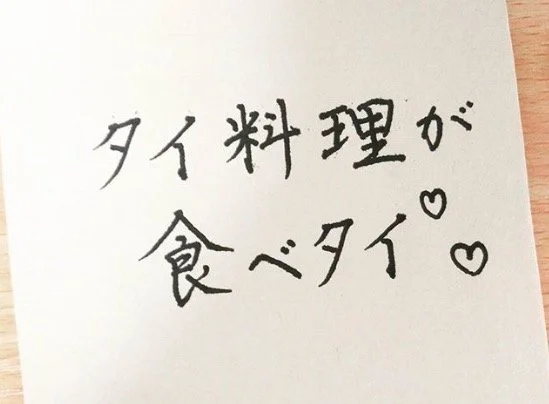

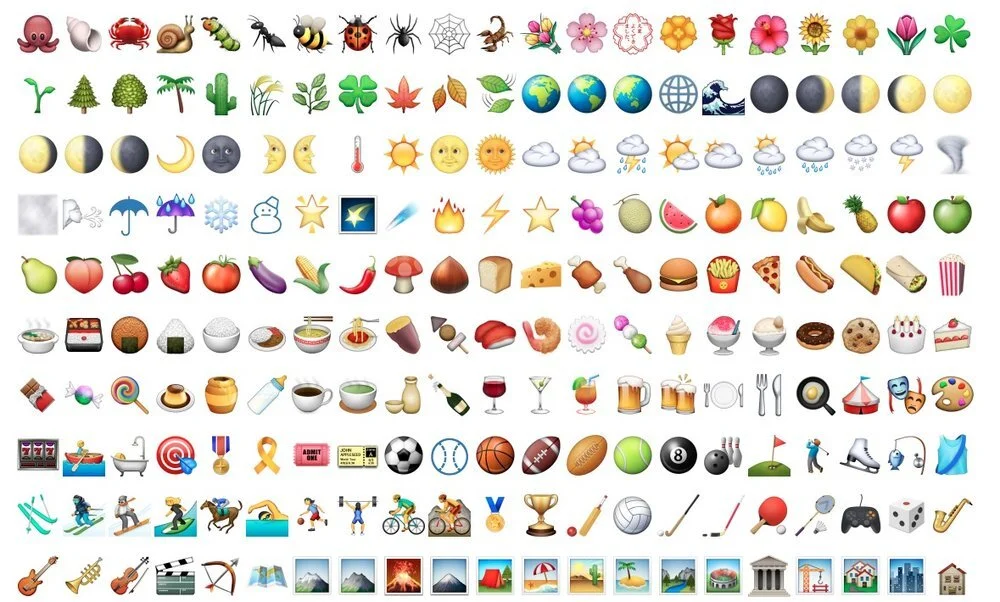





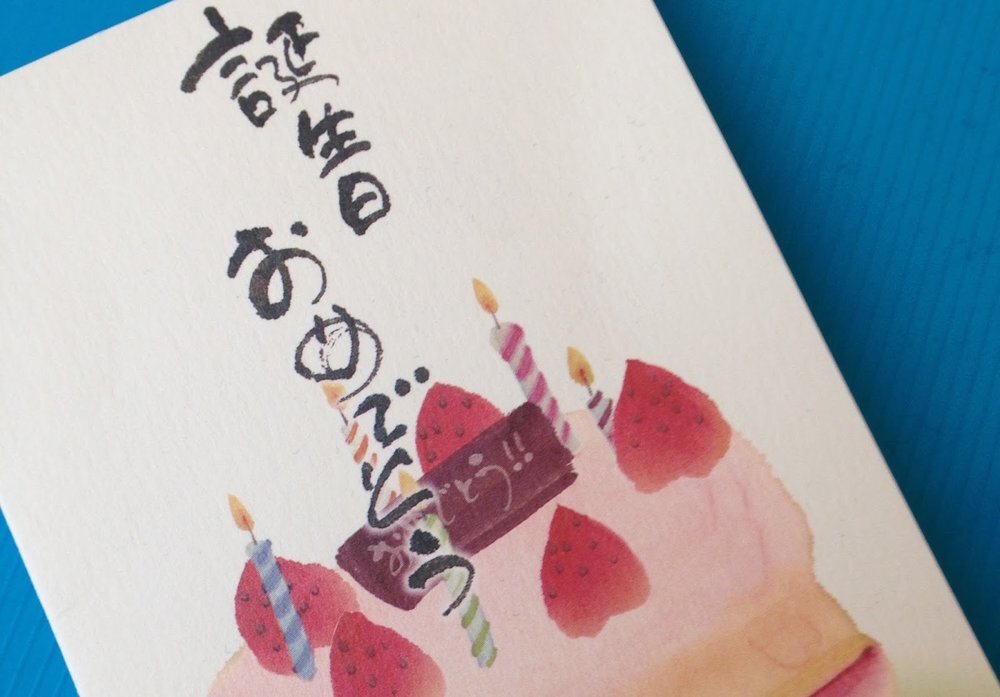




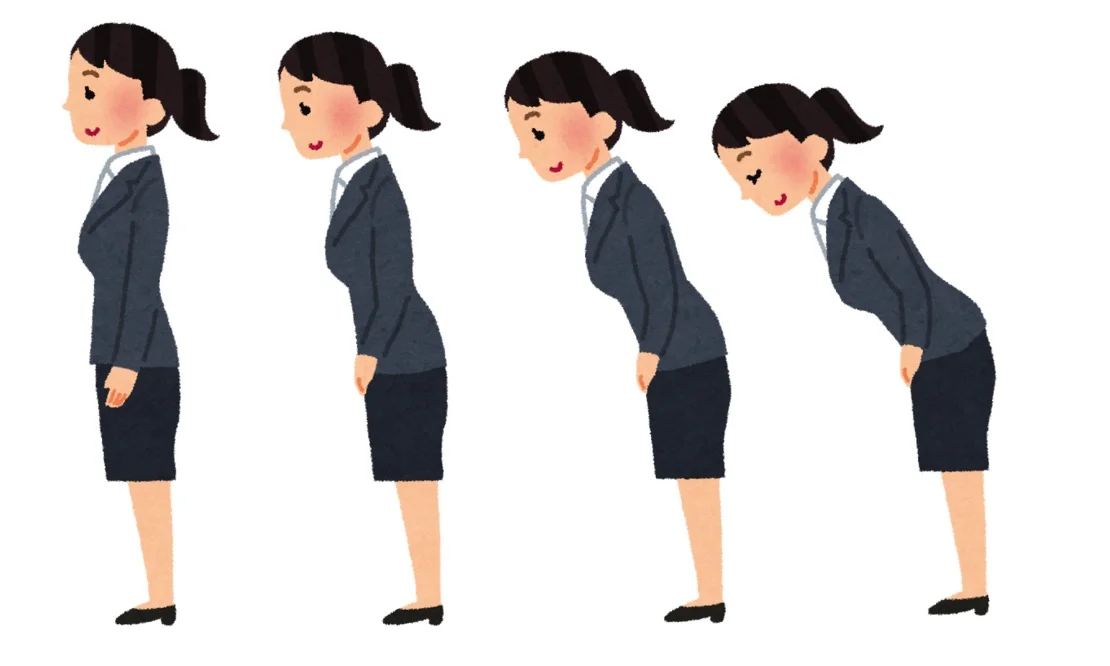
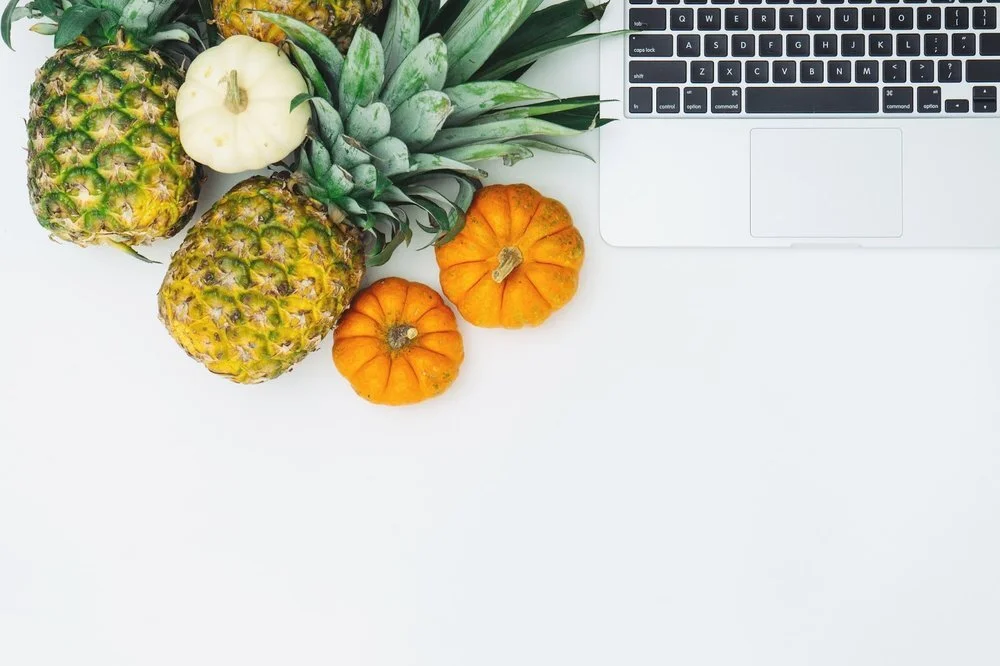







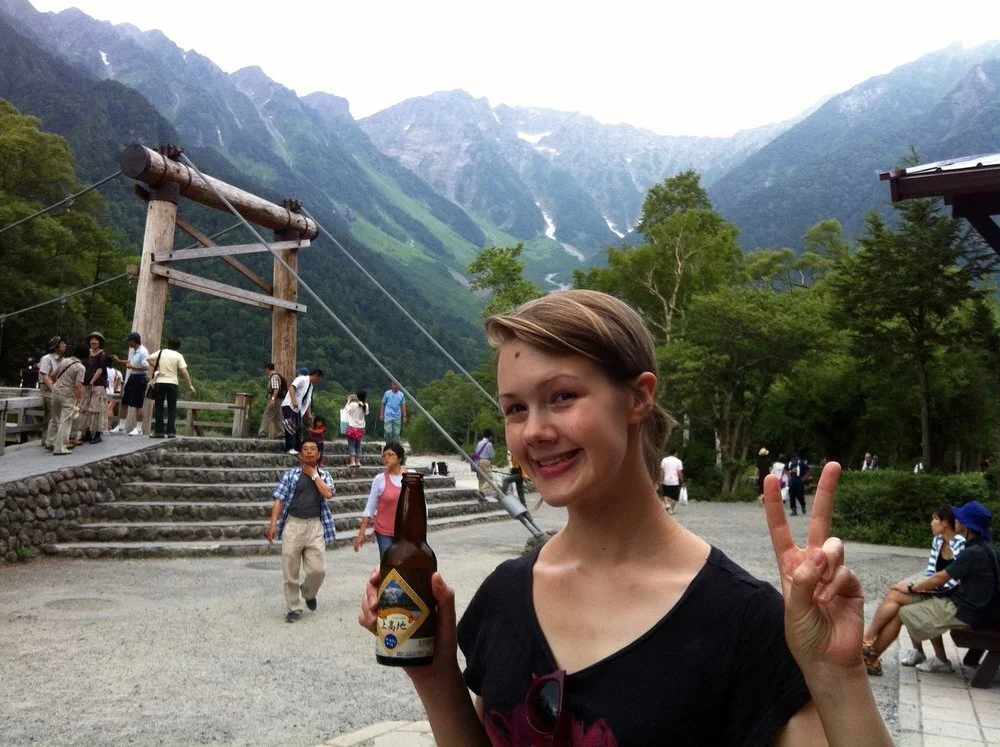
Like many people in the UK, I studied French in school. I liked French. I thought it was really fun to speak another language, to talk with people, and to try and listen to what was going on in a new country. (Still do!)
When I was 14 we went on a school exchange to the city of Reims, in northeastern France. I was paired with a boy, which I’m sure some 14-year-olds would find very exciting but which I found unbearably awkward. He was very sweet and we completely ignored each other.
That was nearly 20 years ago, and I didn’t learn or use any more French until, at some point in lockdown, I decided on a whim to take some one-to-one lessons with online teachers. Here are some things I learned about French, about language learning, and about myself.